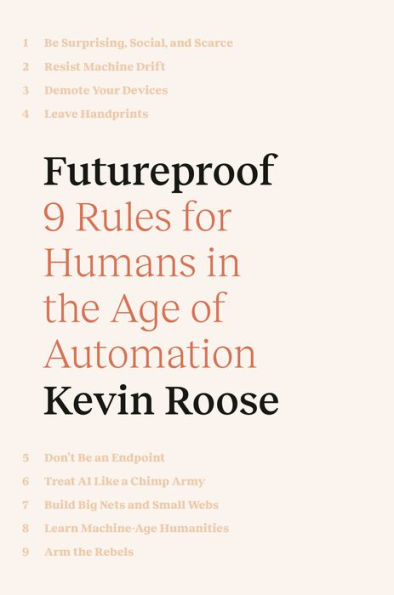5
1

Futureproof: 9 Rules for Humans in the Age of Automation
256
Futureproof: 9 Rules for Humans in the Age of Automation
256Hardcover
$23.99
$27.00
Save 11%
Current price is $23.99, Original price is $27. You Save 11%.
23.99
In Stock

Product Details
| ISBN-13: | 9780593133347 |
|---|---|
| Publisher: | Random House Publishing Group |
| Publication date: | 03/09/2021 |
| Pages: | 256 |
| Sales rank: | 539,280 |
| Product dimensions: | 8.40(w) x 5.60(h) x 1.00(d) |
About the Author

From the B&N Reads Blog
